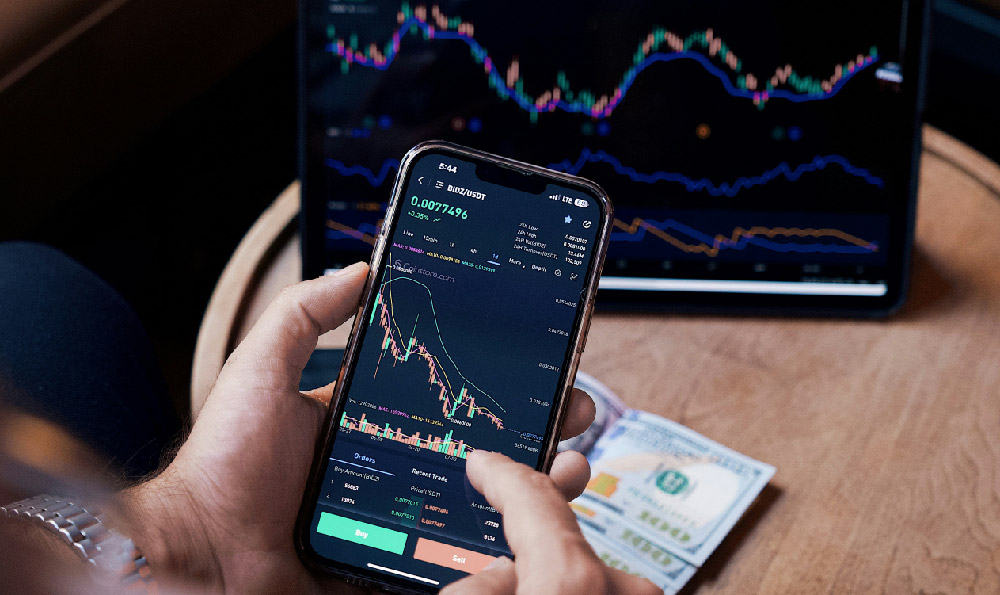Robert Kiyosaki, a renowned financial educator and author, has built a global following with his unconventional yet insightful approaches to wealth creation. While his methodologies often challenge traditional financial norms, they provide a unique framework for understanding how to accumulate and sustain wealth in an ever-changing economic landscape. His rise from a middle-class upbringing to becoming a millionaire and financial guru is not just a story of luck but one of deliberate strategies that prioritize financial literacy, asset ownership, and risk management. By dissecting the principles he advocates, we can uncover actionable insights for those seeking to replicate his success.
The importance of financial education cannot be overstated. Kiyosaki’s work, particularly Rich Dad Poor Dad, emphasizes that wealth is not solely derived from income but from understanding how money works. He argues that traditional education often fails to equip individuals with the necessary skills to manage personal finances. Instead, he encourages people to learn about investing, debt, and asset creation through practical knowledge and real-world experience. This perspective shift is critical for anyone looking to break free from the cycle of working for money rather than owning it. His early experiences, including learning from his two fathers—one a schoolteacher and the other a self-made entrepreneur—highlight the value of diverse perspectives in financial decision-making.
Kiyosaki’s concept of "cash flow" is another cornerstone of his strategies. He distinguishes between assets that generate income and liabilities that consume it. For instance, he suggests that owning a home is often a liability because it requires ongoing expenses, while investing in real estate or businesses can be an asset if they produce a steady cash flow. This idea challenges the common belief that property ownership equates to financial stability. By focusing on building assets that generate passive income, Kiyosaki demonstrates how to create long-term wealth without relying solely on active work. He also highlights the importance of diversifying income streams, such as combining employment with investments, to reduce financial risk.

Risk management is another key aspect. Kiyosaki advocates for investing in assets that are in demand and have the potential to appreciate in value over time. He emphasizes the importance of understanding markets, seizing opportunities when they arise, and having the courage to take calculated risks. For example, his early investments in stocks and real estate, despite the initial skepticism of his parents, showcase how strategic risks can lead to significant returns. He also encourages individuals to assess their financial risk tolerance and adjust their strategies accordingly, whether through stock market investments, real estate holdings, or starting a business. This approach underscores the idea that wealth is built through taking action rather than waiting for opportunities to come to you.
Another critical element is the mindset shift towards becoming a "rich thinker." Kiyosaki believes that wealth is not just about money but about the ability to think and act in ways that lead to financial freedom. He contrasts the mindset of the average person, who is often focused on security and prediction, with that of the wealthy, who embrace uncertainty and take control of their financial destiny. This framework is essential for long-term wealth building, as it encourages individuals to think beyond short-term gains and focus on sustainable strategies. By adopting this mindset, people can avoid the pitfalls of fear and greed, which often lead to poor financial decisions.
In addition to these principles, Kiyosaki’s strategies highlight the importance of involvement in financial decision-making. He suggests that individuals should take an active role in managing their finances rather than relying on others. This includes optimizing debt usage, such as using leverage to purchase assets, and minimizing reliance on personal income through diversification. For instance, he advocates for investing in dividend-paying stocks, real estate investment trusts (REITs), and income-generating businesses to create a stable financial base. This approach ensures that individuals are not solely dependent on a single source of income, reducing the risk of financial instability.
The role of income streams in wealth creation is a recurring theme. Kiyosaki believes that having multiple income sources, such as passive income from investments, is crucial for long-term financial success. He also emphasizes the importance of prioritizing income-generating assets over non-liquid ones. For example, his investment in real estate and the stock market provided him with various streams of revenue, allowing him to build a substantial net worth. This perspective is particularly relevant in today’s economy, where income volatility is increasingly common. By creating multiple income streams, individuals can achieve greater financial resilience and independence.
Kiyosaki’s journey also underscores the importance of perseverance and continuous learning. He highlights that building wealth requires patience, discipline, and a willingness to adapt. His early struggles, including the initial failure of his business, taught him valuable lessons about risk, timing, and resilience. By applying these lessons, he was able to refine his strategies and achieve long-term success. This narrative is essential for aspiring investors, as it illustrates that wealth is not a result of overnight success but of sustained effort and strategic thinking.
In summary, Robert Kiyosaki’s wealth-building strategies offer a compelling roadmap for individuals seeking financial freedom. His emphasis on financial education, asset ownership, and risk management provides actionable insights that can be applied in both personal and professional contexts. By adopting his principles, individuals can break free from traditional financial mindsets and build a more secure and prosperous future. His journey serves as a reminder that wealth is not just about money but about the ability to think and act in ways that lead to lasting financial success.












